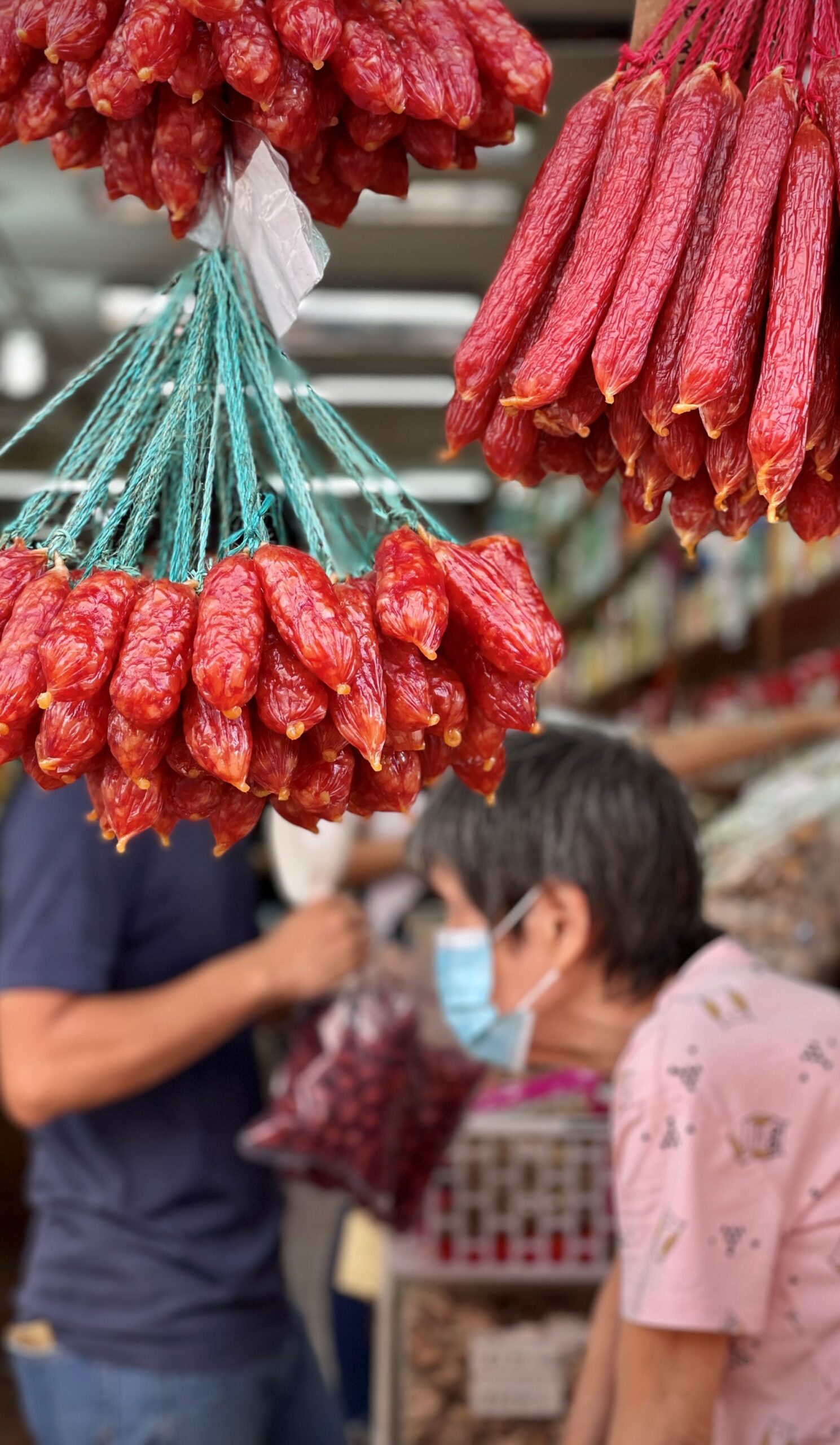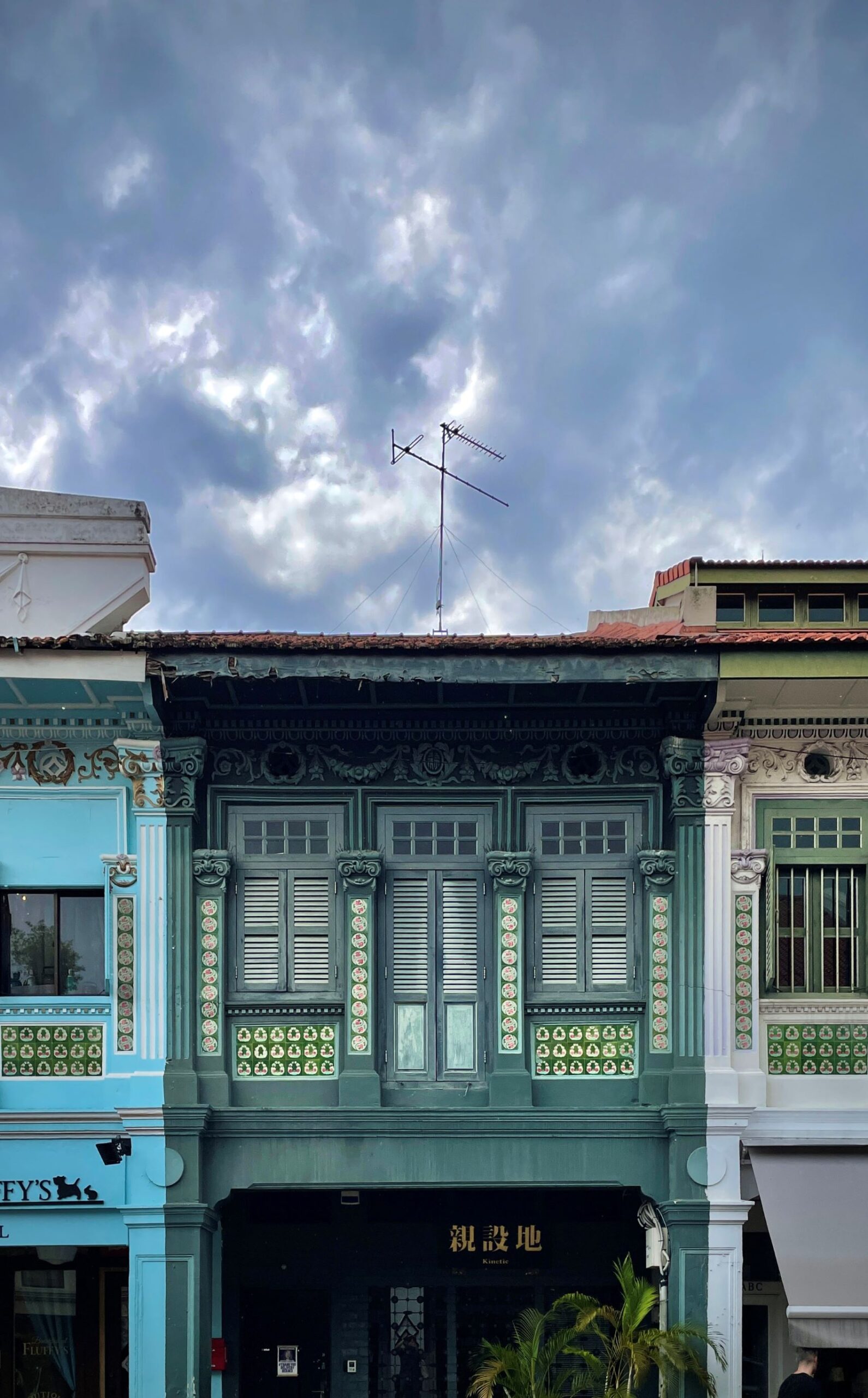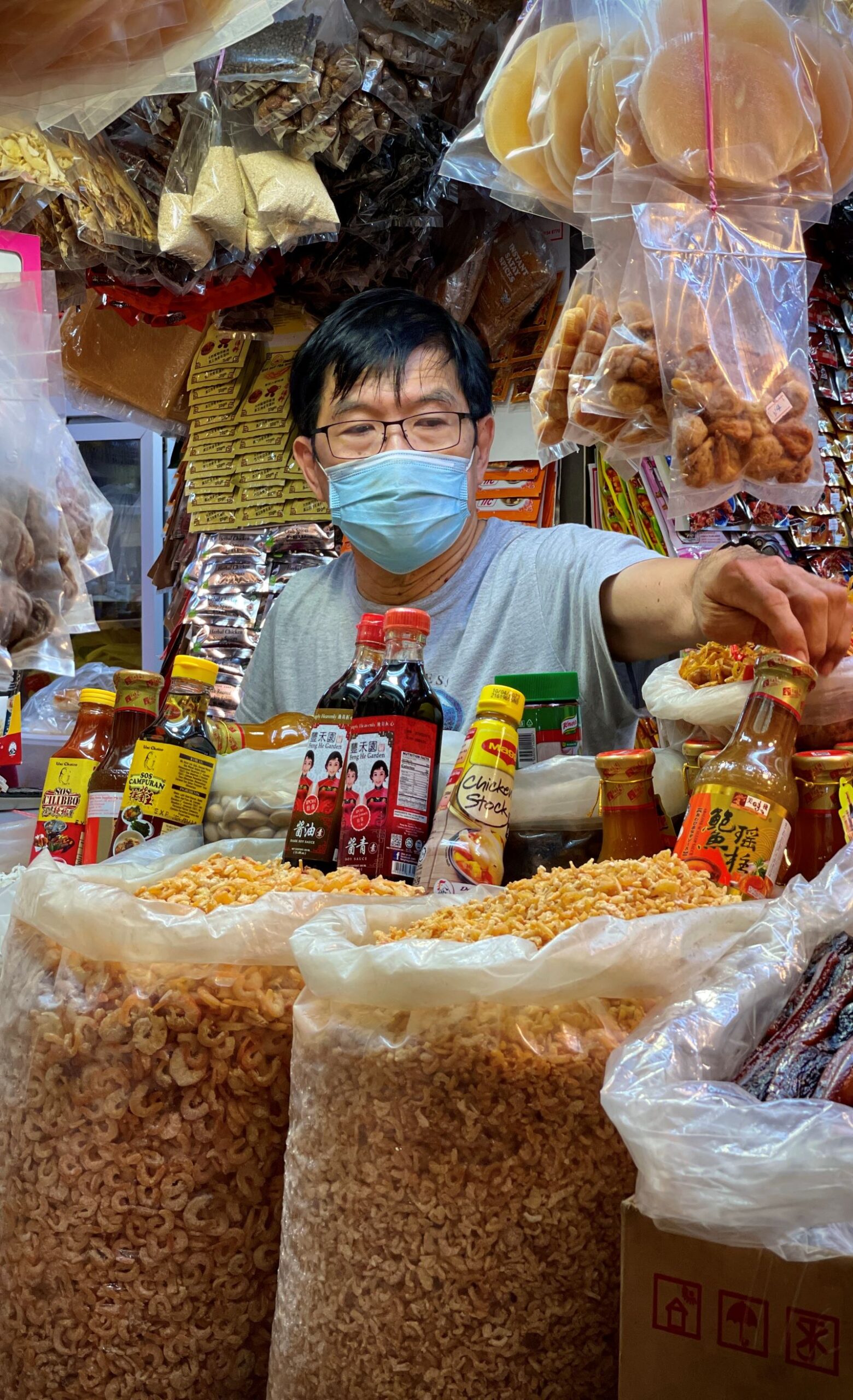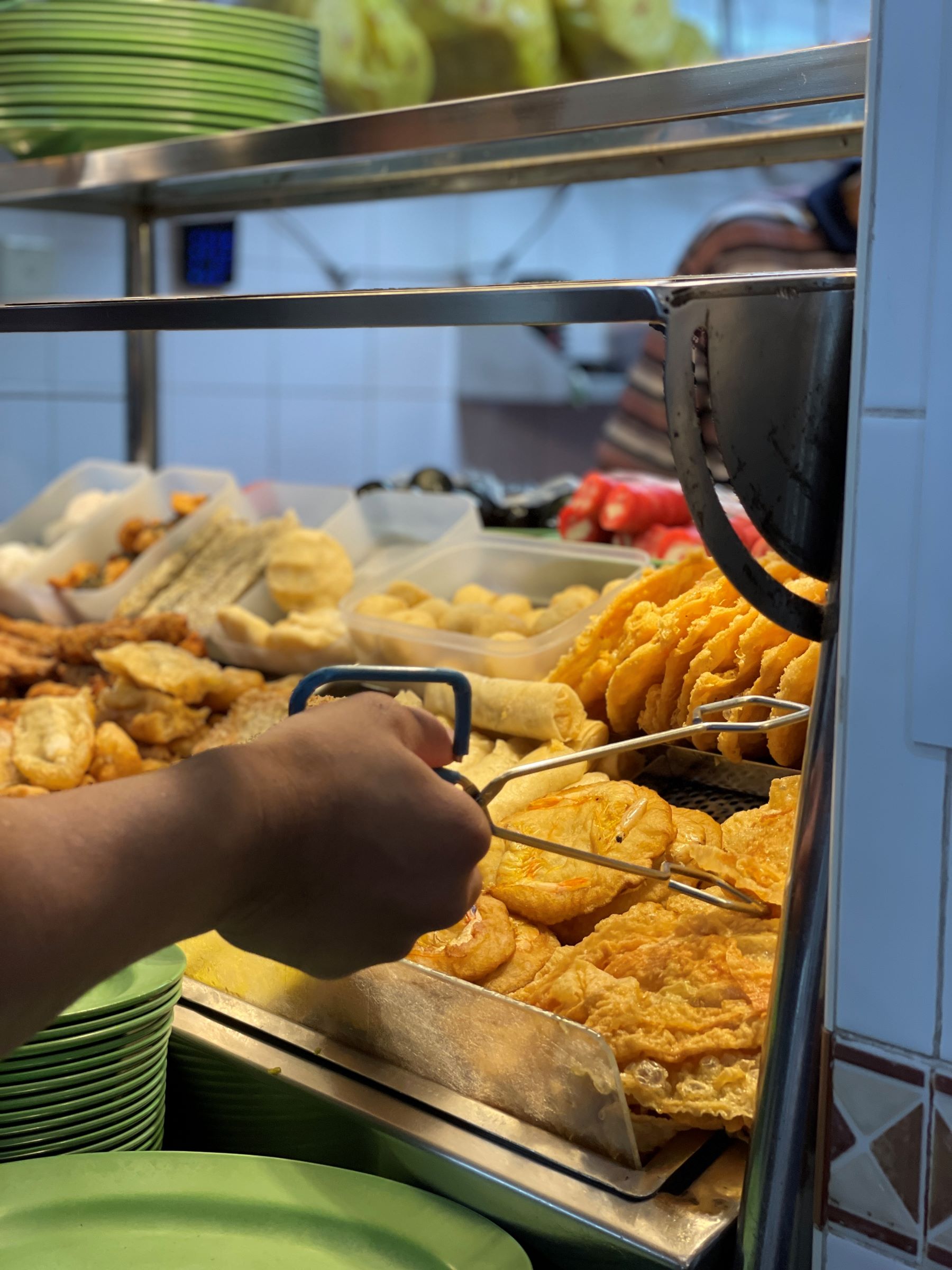A greasy, spicy railway station snack in Mumbai makes Singaporean Renjie Wong draw connections between the flavours of his homeland and his present home.
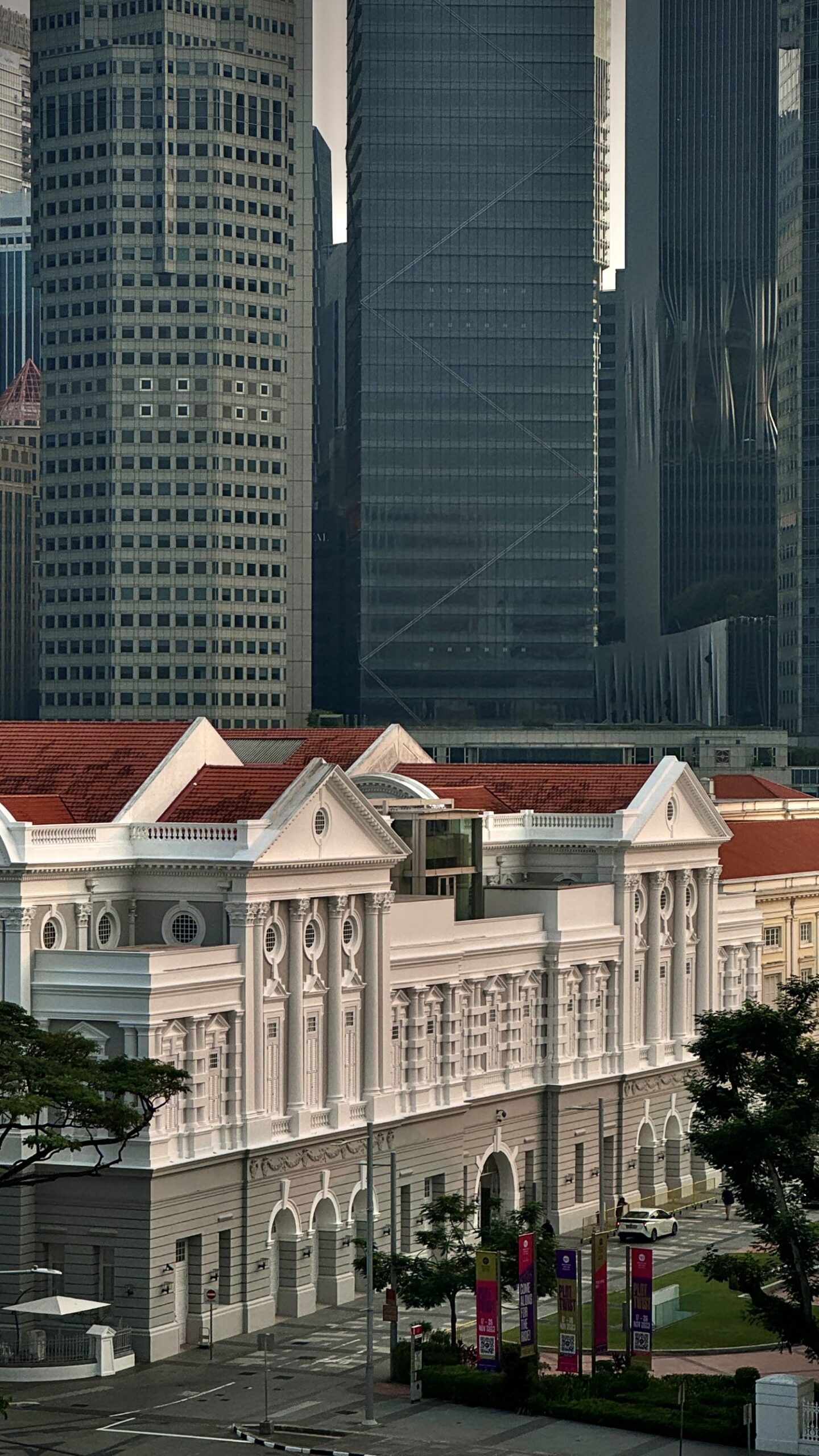
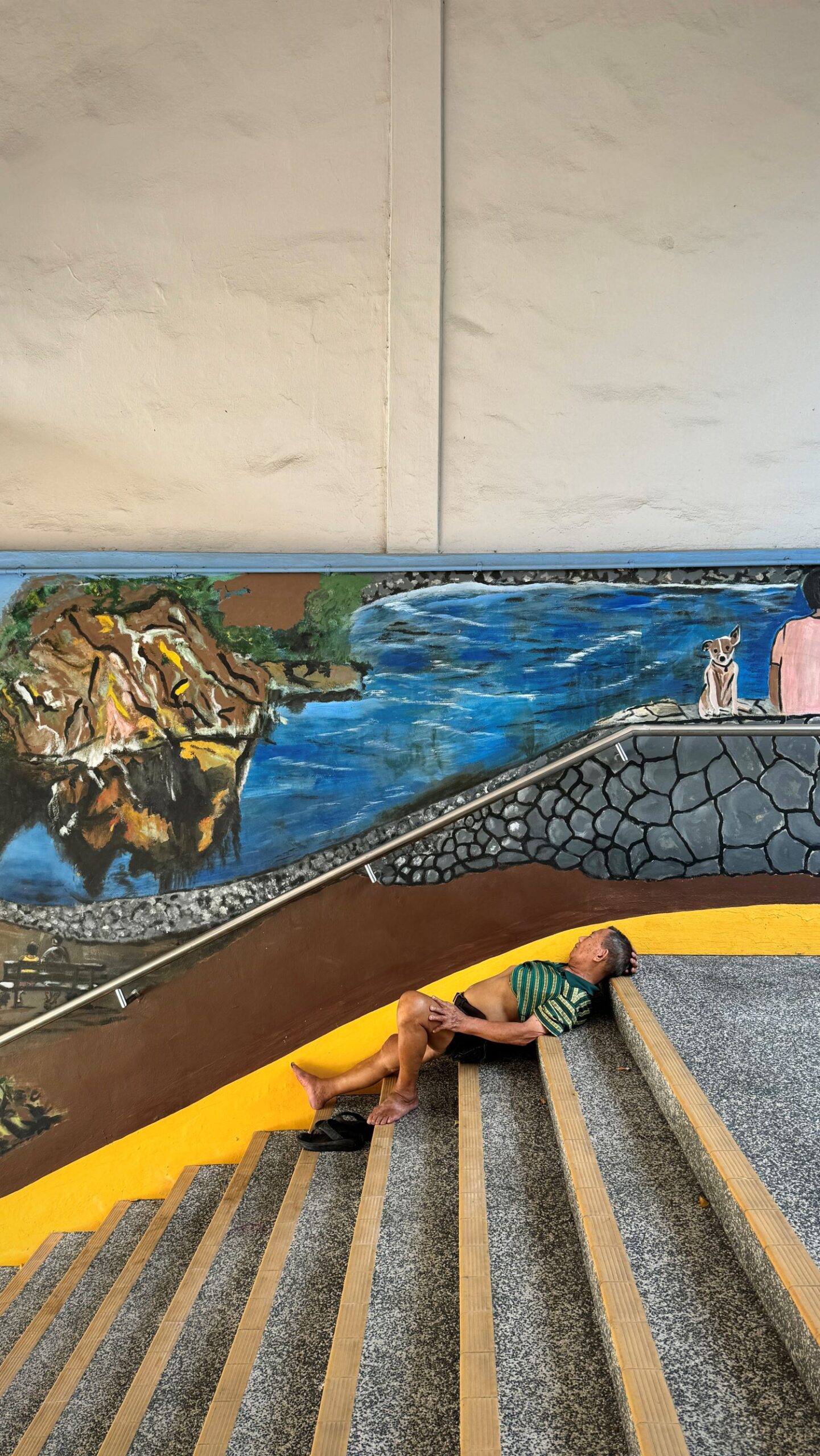
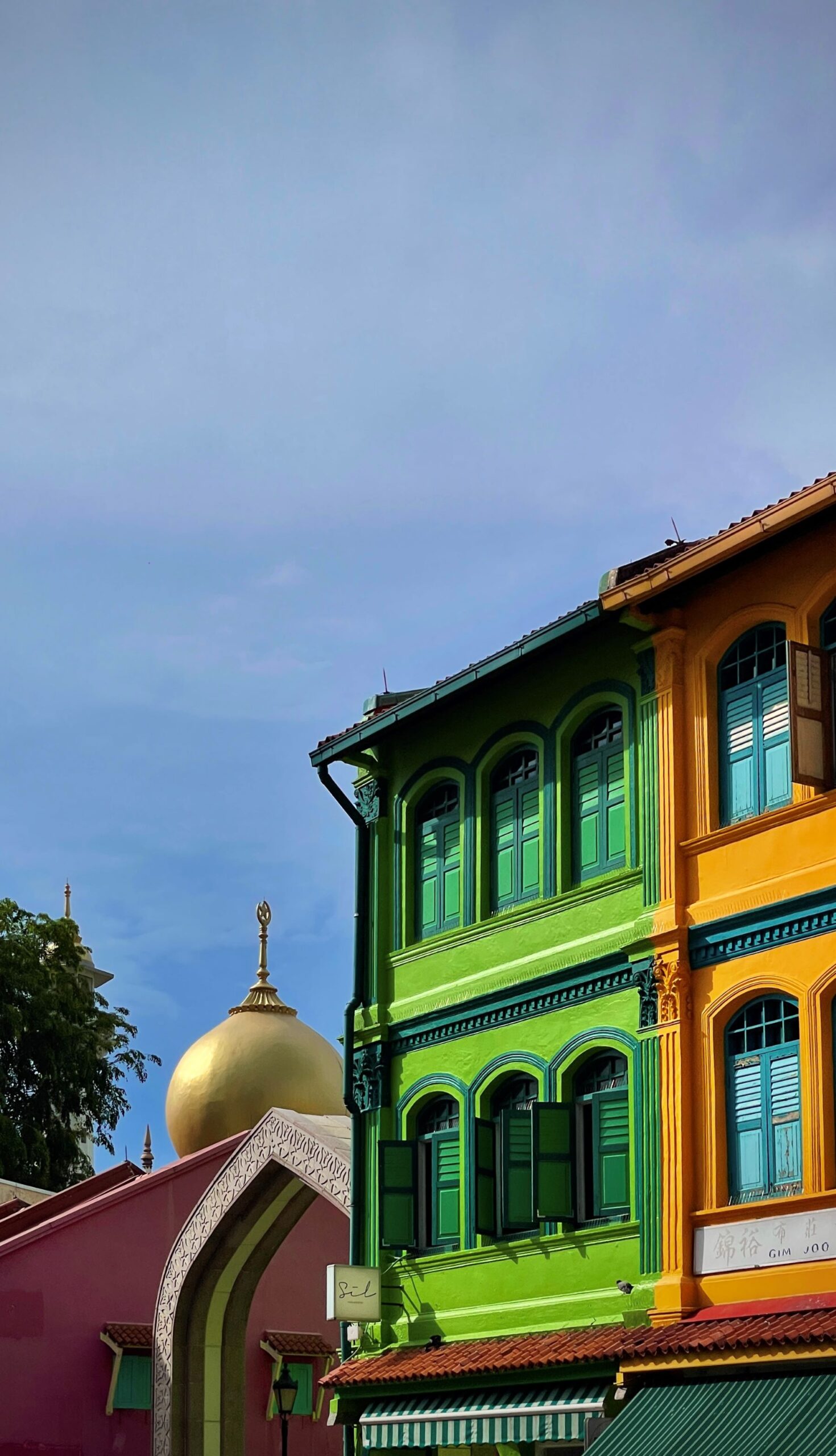

It is as if, stepping off the Shatabdi Express from Gujarat, the crush of bodies, smells, and screeches – alighting from trains is an inordinately loud experience – cranks the flame up, driving the sticky humidity to froth over furiously and drip down the sides of the stainless steel train. It’s almost comically hot, a reckless caricature of Mumbai in late October.
It’s not hard to explain a curry puff to an Indian eater: a flakier samosa, semicircular instead of pyramidal, bulging with meltingly soft potatoes in a punchy Singaporean curry, along with a token slice of hard-boiled egg and a still more token piece of chicken meat.
In my own hurry, I pass the platform snack vendor, all of one man, and his despondent samosa storefront. But then I backtrack – bumping into several confused and decidedly unidirectional commuters – to inspect the snack stack. And bending over in the still, stale air to squint at the runaway pastry bits at the bottom of the oil-stained glass box, it occurs to me that my first love as an eater, all those years ago, was the curry puff.

I grew up in the east of Singapore, and for years my after-school commute involved descending the steps at the Tampines train station. Like Mumbai Central, Tampines is frankly and regretfully not one of the gainlier examples of mass transit architecture.
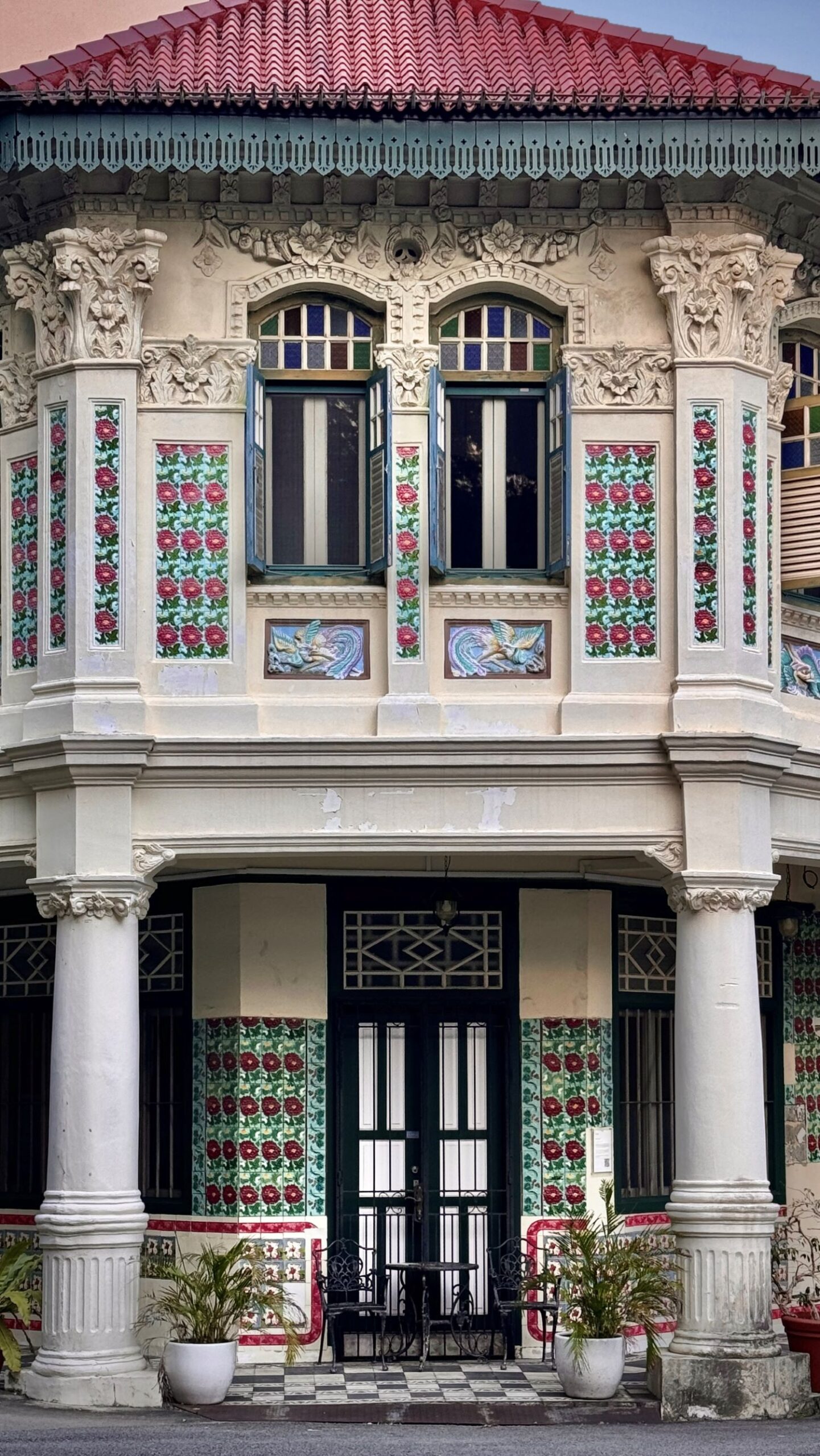
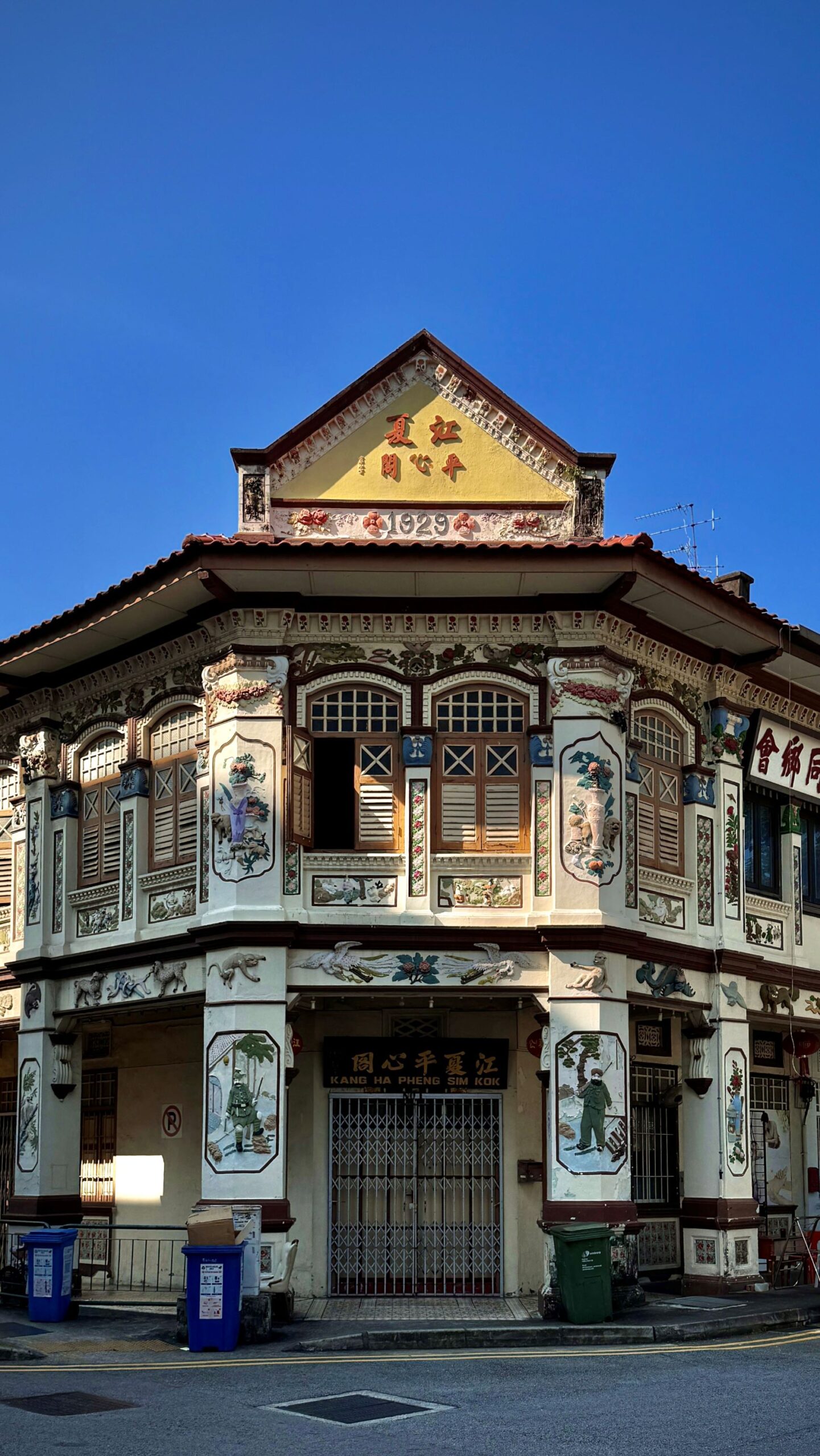
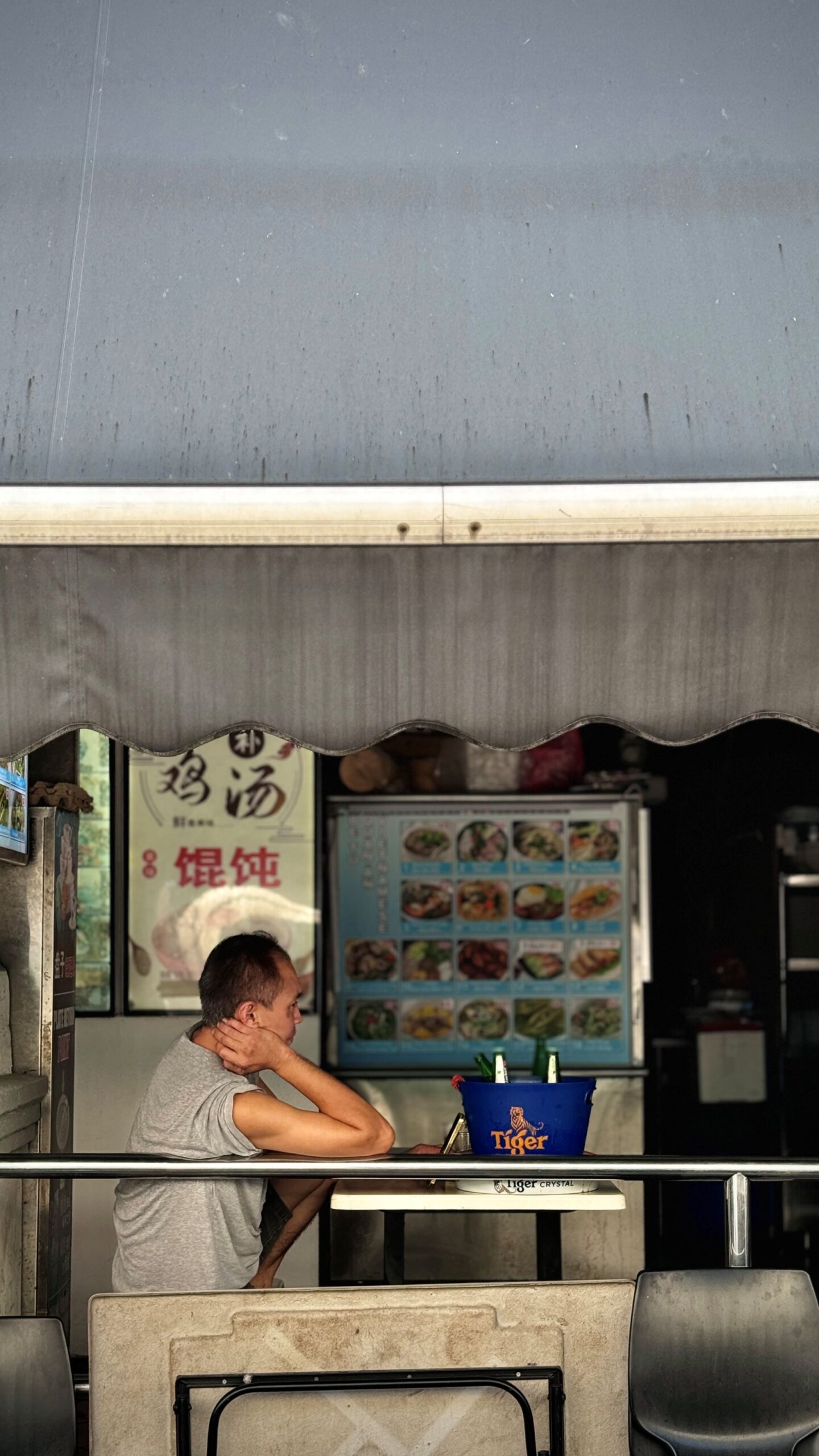
But what it lacked in graceful ornamentation, it made up for with the clutch of thoroughly middle-class establishments nearby, which I’d have to pass each day on my 15-minute walk home in midday equatorial heat. Somewhere between the beauty parlour promising rebonded hair and the tuition centre dealing a brisk trade in academic anxiety, stood a glorious Tamil Muslim joint.
I’m still not entirely sure what this cafe sold apart from curry puffs, really, because curry puffs were all I ever bought. Each day I would jab my grubby fingers at the little semi-circular pockets, and beadily eye the haji-capped seller as he fished the exact piece I had set my greedy eyes on. It’s not hard to explain a curry puff to an Indian eater: a flakier samosa, semicircular instead of pyramidal, bulging with meltingly soft potatoes in a punchy Singaporean curry, along with a token slice of hard-boiled egg and a still more token piece of chicken meat. Puff craft honed daily, I’d time my eating speed so precisely that just as I reached the lift lobby of my apartment block, I’d knock back the last crispy corner, toss the paper bag into the bin, and grease up the lift button in one slick sleight of hand.

That curry puffs and samosas are so similar, should come as little surprise. Part of it, of course, is the shared tropical climate, and therefore the shared tropical ingredients that inflect our cuisines. But Singapore and India also both lie on the ancient maritime spice and silk trade routes that connected Europe to the Far East in antiquity. That is to say: the same merchant ships that brought precious loads of nutmeg and clove, were the very same vessels that fomented a millennia-long exchange of culinary techniques and gastronomic concepts – what it means to cook and eat well, respectively – between the two cultures.
I’ve had better, but in this moment that is entirely beside the point, because I haven’t eaten anything since departing Ahmedabad, and somewhere between the hunger and the nostalgia the curried potato filling hits deep.
Much like its Indian cognates, the Singaporean curry derives much of its soul from its ‘rempah’: a loose base paste of spices and aromatics, pounded together, then cooked down in fat before anything else is added. A mirepoix on crack, the rempah is culinarily speaking a means of harmonising wildly aromatic ingredients, rounding out sharp flavours by charring them down low and slow to release deep, intensely savoury volatile organic compounds. Though grounded in Singapore’s indigenous Malay cuisine, the technique bears obvious older Indian influence – Singapore was, after all, part of the Indianised Majapahit and Srivijayan empires for much of its pre-modern existence. I once explained to an acclaimed chef friend here how a rempah has sufficiently cooked down only once the oil splits back out from the paste and fries the aromatics, and her eyes lit up with recognition: her Jammuite mother, too, insists on this same perseverant step.
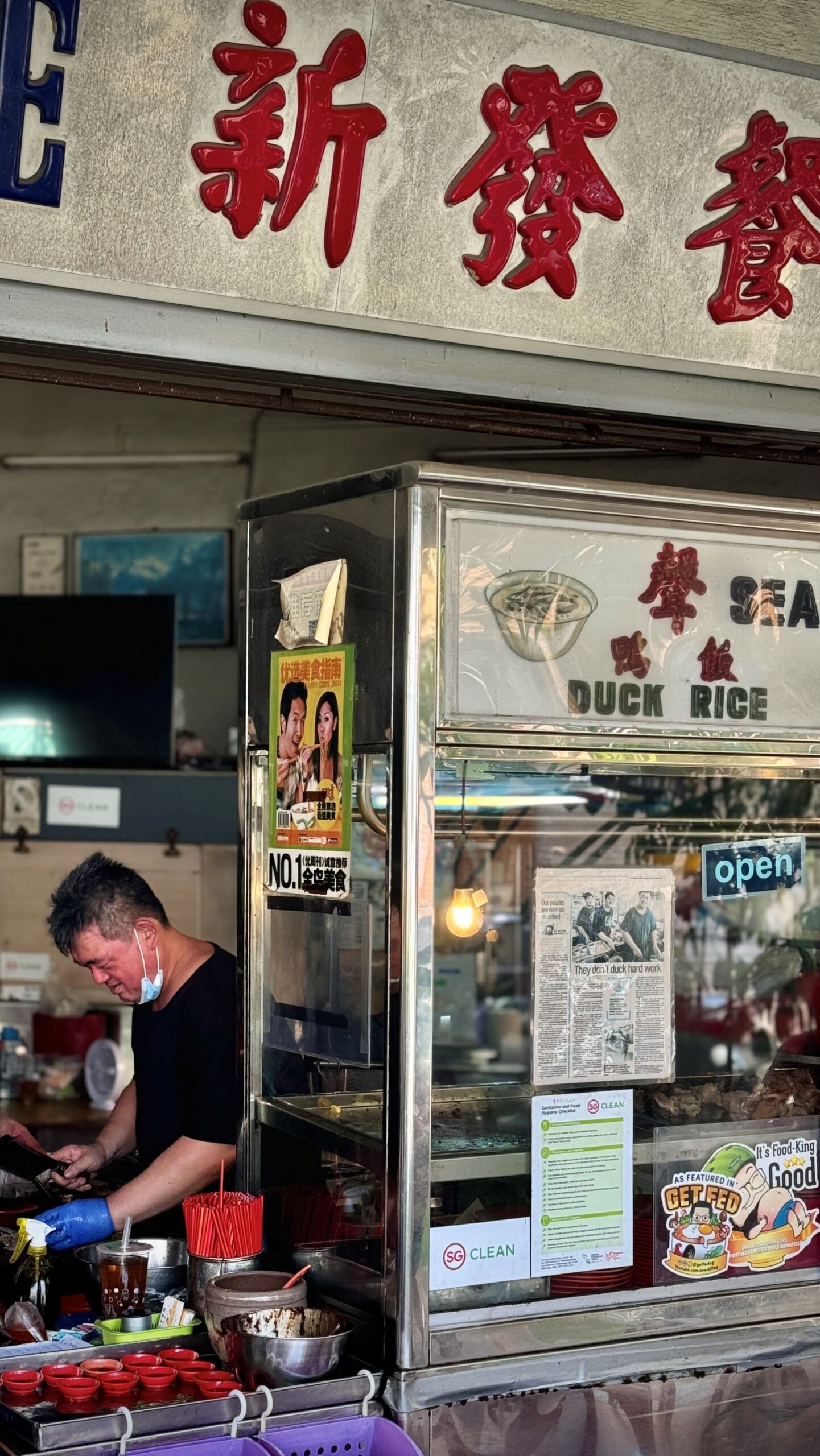
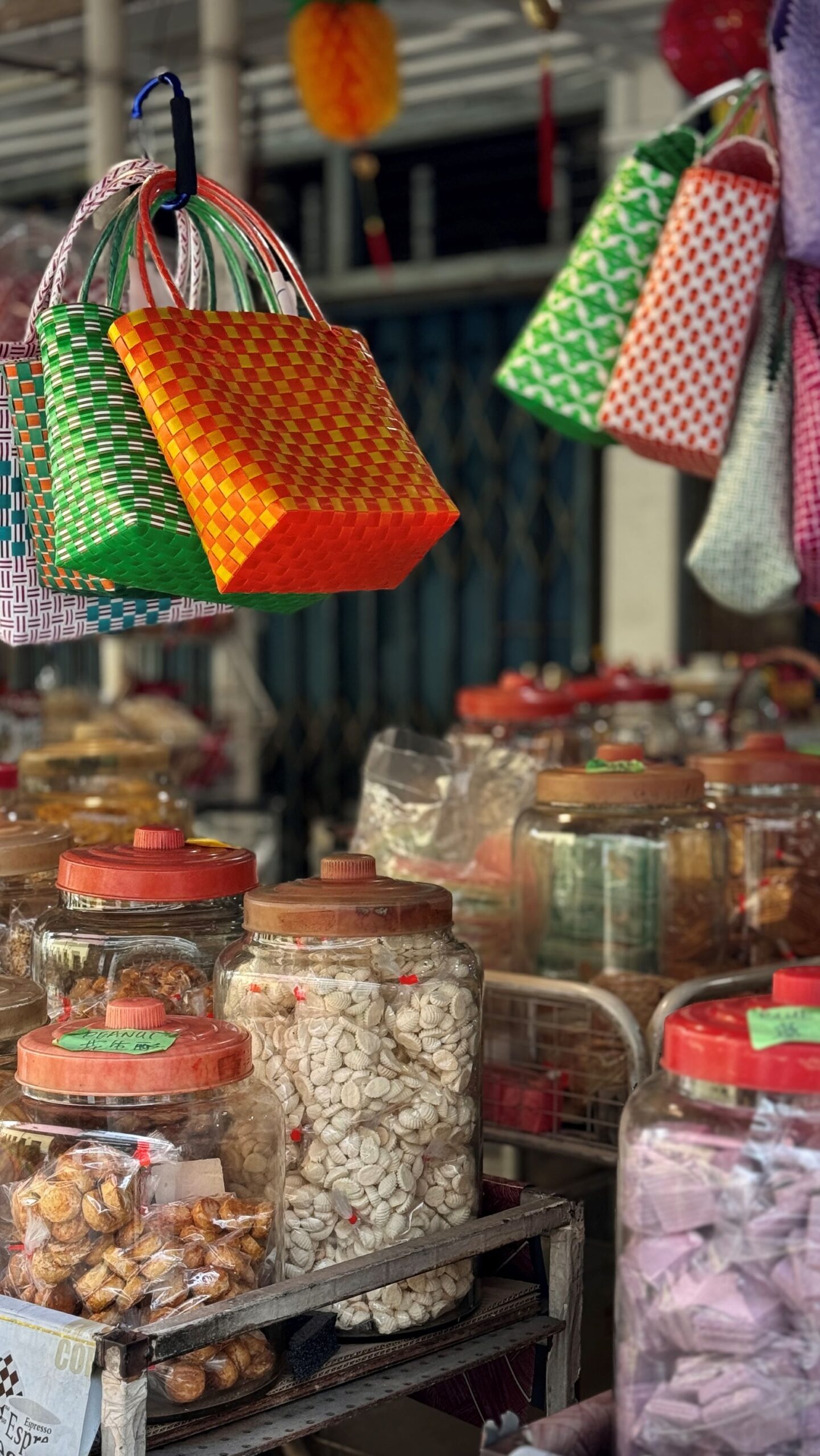

Perhaps the most richly fascinating aspect of it all, though, is how just as in Indian cuisine, the spice paste is infinitely variable. There are at least as many types of rempah as there are Singaporean mothers out there, hovering over their mortar and pestles and manifesting their dinner dishes. Want a bright, spicy mackerel otak? Use shallots, blue ginger, and fresh red chilli. After a broody rendang instead? Swap fresh for dried chilli, and swap coconut milk for toasted coconut, then char it down until deeply, dangerously caramelised. Looking for a restrained soto soup instead? Pare back everything but the alliums, and use only coriander seed and turmeric for spice. None of these dishes are anything like the other – but much like the GG (ginger-garlic) paste that anchors everything from a Rajasthani laal maas to a Tamil manga rasam, rempah lends its critical, behind-the-scenes depth to many of Singapore’s Malay, Indian, Chinese, Peranakan, and Eurasian dishes.

The train station samosa is eminently spicy and savoury, in all the exact ways it should be. I’ve had better, but in this moment that is entirely beside the point, because I haven’t eaten anything since departing Ahmedabad, and somewhere between the hunger and the nostalgia the curried potato filling hits deep. My precision eating speed is rusty, but no matter. I end up clutching the empty oil-blotched paper bag in the kali peeli all the way home, grease mixed with perspiration in this October mugginess.
All the same, I suppose: perhaps the rempah really is our forebearers’ collective response to living in perpetual heat. If you can’t beat it, join it, with a turmeric-tinged celebration of spice itself that passes tropic muster. Surely, then, our shared determination to keep moving forward – through even the stickiest humidity – is fuelled by the caramelised spice pastes swirling in our pots, and in our veins.
